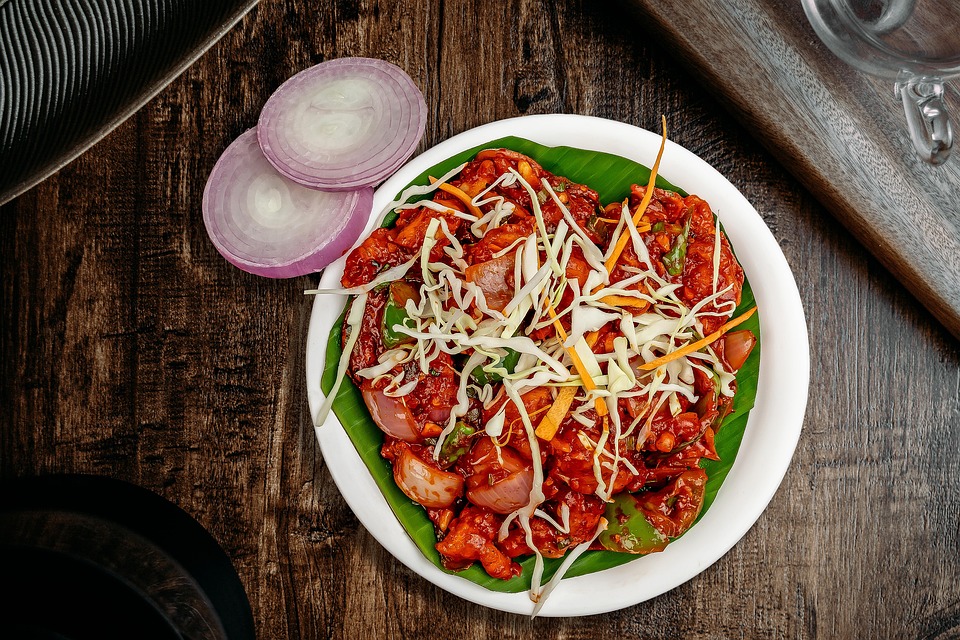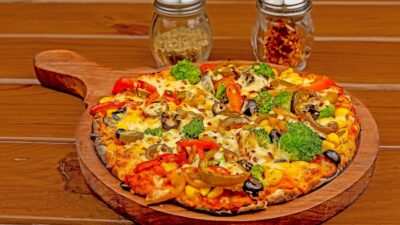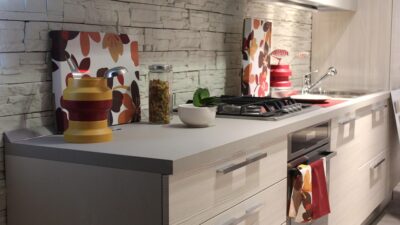In the realm of food styling and photography, two prominent aesthetics dominate the scene: minimalism and maximalism. Both approaches offer unique perspectives and evoke different emotions, allowing food to be experienced in multifaceted ways. Each style can significantly impact the way we perceive and enjoy food. Let’s explore these contrasting aesthetics and help you find the one that resonates with your culinary vision.
Minimalist Food Styling
Characteristics
Minimalism in food styling emphasizes simplicity and clean lines. The focus is on the essence of the food itself, showcasing its natural beauty without distractions. Key characteristics include:
- Neutral Color Palette: Soft, muted tones that allow the food to stand out.
- Simple Props: Few or no props, using basic dishes or boards to frame the food.
- Negative Space: Generous use of empty space to direct the viewer’s eye to the main subject.
- Natural Lighting: Soft, diffused lighting to highlight textures and colors.
The Appeal
Minimalist styling can convey elegance and sophistication. It invites the viewer to appreciate the food’s textures, colors, and details without the clutter of excessive elements. This aesthetic is especially effective for dishes that are visually striking on their own—like a beautifully plated dessert or a vibrant salad.
For those who favor a minimalist approach, consider asking yourself:
- How can I strip away distractions to focus on the food?
- What elements can I use to enhance, rather than detract from, the main subject?
Best For
Minimalism works well for food that is inherently beautiful or when you want to create a calm, serene visual effect. Dishes like tartare, artisanal bread, or any vibrant produce can shine in a minimalist setting.
Maximalist Food Styling
Characteristics
In contrast, maximalism celebrates abundance, color, and the joy of food. It’s an exuberant style that embraces complexity and visual stimulation. Key characteristics include:
- Bold Colors: A spirited palette that’s lively and eye-catching.
- Layered Textures: Multiple components (like sauces, garnishes, and side dishes) that add depth.
- Varied Props: Use of diverse textures and patterns in plates, linens, and backgrounds.
- Dynamic Composition: Elements are arranged in an engaging, sometimes chaotic manner that draws the eye across the frame.
The Appeal
Maximalist styling tells a story and invites viewers into a world of culinary adventure. It celebrates diversity and creativity, allowing for a more expressive representation of food. This style often evokes emotions and memories, making it relatable and engaging.
When embracing maximalism, consider asking yourself:
- How can I layer flavors, textures, and colors to create a sensory experience?
- What narrative do I want to tell through my food styling?
Best For
Maximalism is ideal for dishes that blend various ingredients or when showcasing a feast. Think colorful charcuterie boards, vibrant Mediterranean spreads, or festive holiday feasts.
Finding Your Personal Food Styling Aesthetic
Choosing between minimalist and maximalist food styling (or finding a blend of both) ultimately comes down to personal preference and the message you wish to convey.
Experimentation
Don’t be afraid to experiment with both styles. Create a minimalist version of a dish you love and then style it in a maximalist way. Observe how different approaches affect your perception and the viewer’s experience.
Understanding Your Audience
Consider your target audience. A more sophisticated brand may benefit from minimalism, while a playful, fun food blog might thrive on maximalism. Understand who you are styling for and adjust accordingly.
Blend Elements
Many successful food stylists find a balance between the two aesthetics. You can incorporate a minimalist approach to the main dish while using maximalist elements in the background or as garnishes.
Conclusion
Whether you lean toward the calmness of minimalism or the exuberance of maximalism, the key is to find an aesthetic that resonates with you and enhances the food you love. With the freedom to explore both styles, your food styling journey can be as rich and varied as the culinary delights you create. So grab your camera and start experimenting—your unique food styling aesthetic awaits!



